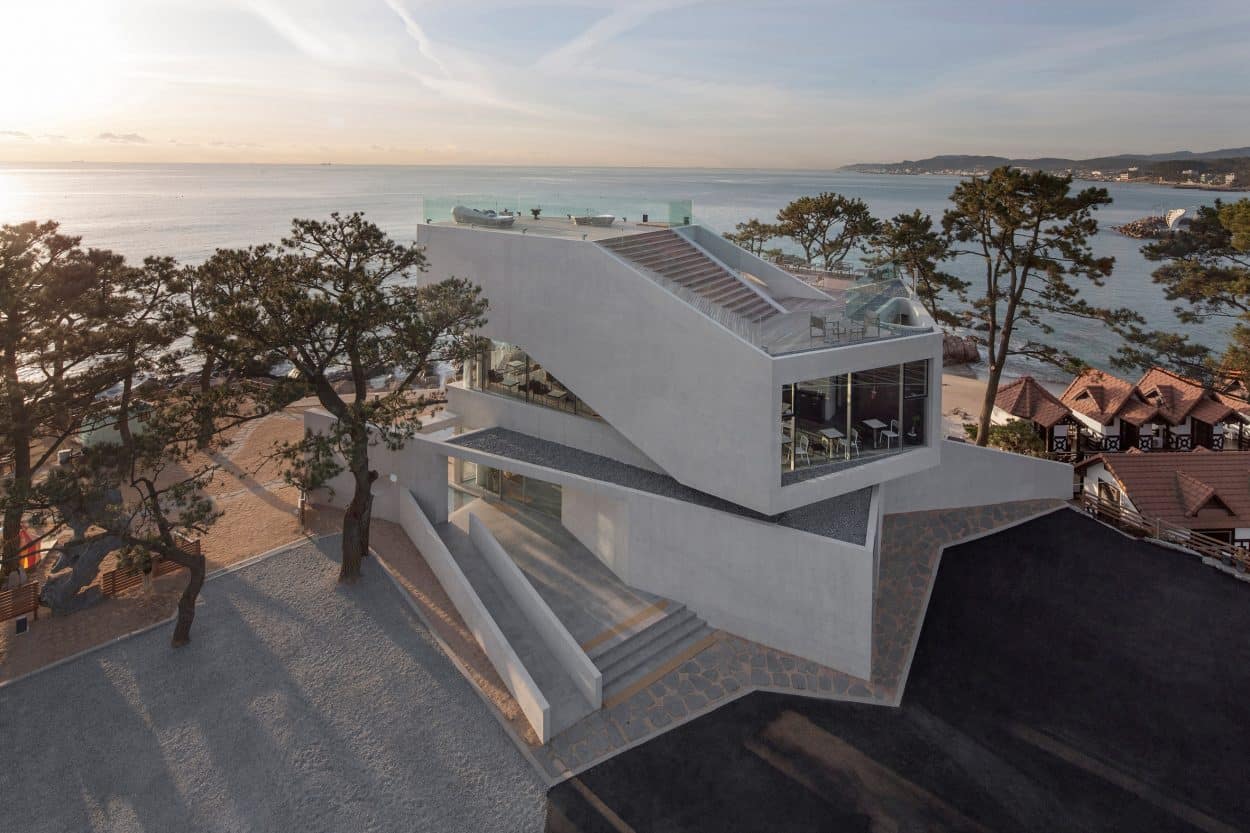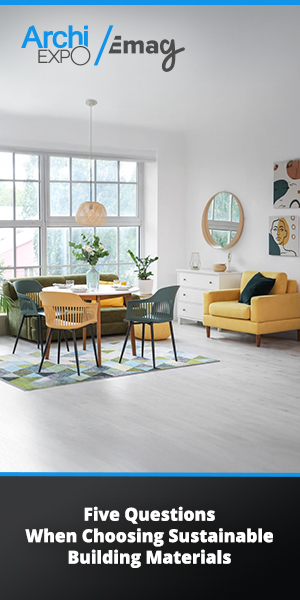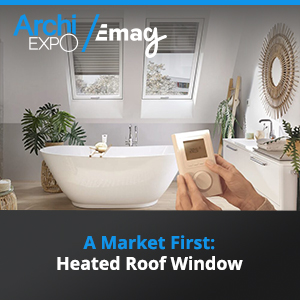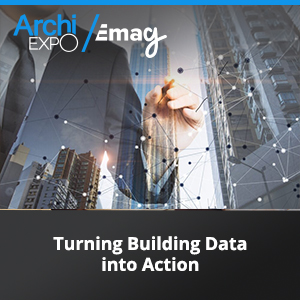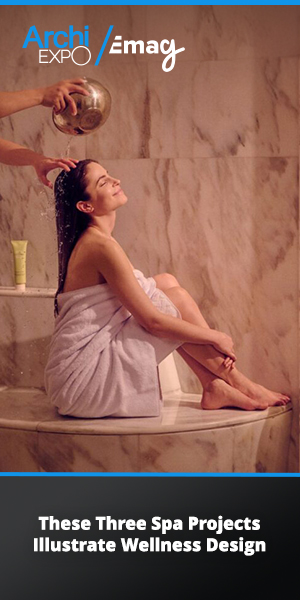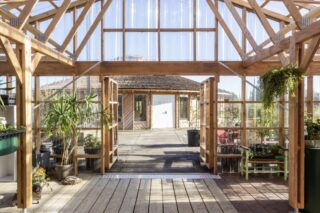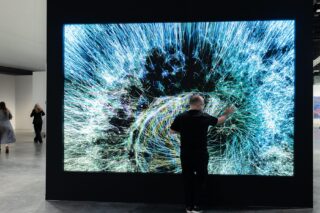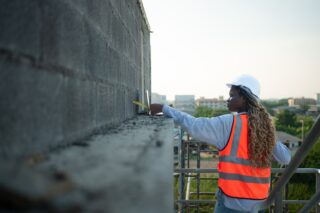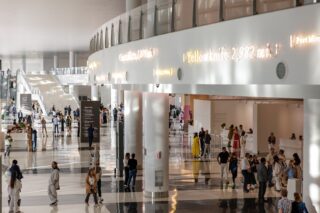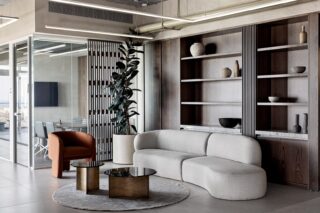Concrete. For some, the sound of it conjures up words like “heavy, tough, gray.” For others, like the Brazilians, it has been a consistent go-to material for architecture projects. While it’s widely used for foundation work, architects and designers have been putting the material to the test in furniture design and facade construction. As sustainability and ecology become more important, we zoom in on concrete as an ecological material and its use in various sustainable projects. How great is it and can we find new ways to make it even better?
It is one of the most efficient and cost-effective means of constructing energy-efficient structures, according to Concrete Sask, whose website states:
“While production of a cubic meter of conventional concrete generates 210 kilograms of CO2, this effect is mitigated by the inclusion of supplementary cementing materials and by the use of waste products to heat the cement kilns.”
So, what are architecture professionals doing today to take the material a step beyond green?
Exemplifying A Global Message
We’ve identified a few professionals who aim at reducing CO2 emission in precisely the way Concrete Sask mentions.
Architecture firm Eskew+Dumez+Ripple designed the New Orleans BioInnovation Center, a non-profit lab and office space. They had local concrete suppliers provide high-recycled-content mixes, and had local teams trained for the first installation of pervious concrete in the state.
The CANMET Materials Technology Laboratory in Ontario, Canada, designed by Diamond Schmitt Architects, was built in McMaster Innovation Park, a new campus development. One of the firm’s principals and project architects, Birgit Siber spoke to ArchiExpo e-Magazine about the project.
“Materials and finishes are all designated as low emitting and meet LEED targets. Bamboo, a rapidly renewable material, and local reclaimed elm were used for millwork and wood flooring. Concrete loads were offset with slag and concrete block containing up to 30% recycled expanded glass beads. Material use reduction, a best practice not rewarded by most green building rating systems, was implemented throughout CANMET; in many rooms exposed concrete unit walls and exposed poured concrete ceilings reduce the need for material finishes.”
She added:
“The energy reduction targets for this high energy consumptive building type influenced many aspects of the design. Architecture and structure were developed to contribute to energy efficiency and waste reduction. The building structure required to support heavy equipment loads also contributed thermal mass, thereby enhancing the performance of in-slab radiant heating and cooling. Exposed concrete ceilings throughout are required to optimize the efficacy of the radiant system. Ambitions for great air quality also led to displacement ventilation throughout by providing optimal air in the breathing zone while simultaneously reducing energy use compared with alternate systems.”

The CANMET Materials Technology Laboratory in Ontario, Canada, designed by Diamond Schmitt Architects
You might also like this article on how Rutgers University developed eco-friendly concrete. This information is also published on ScienceDaily.
A housing project by David Baker Architects proved that high levels of environmental performance can be attained with a minimal budget and a great design. Its construction followed a waste-management plan, recycling 97% of on-site waste and reusing 93% of an existing factory building. The concrete mix used for the site comprised 25% fly ash and 10% recycled aggregate, which were locally extracted and processed.
Self-healing Concrete
Concrete Sask aren’t the only ones talking about this. Citizens General Insurance Company published an article at the end of last year on their predictions for the Hottest New Green Building Trends to Watch in 2017. It’s all rather exciting, and one of the focal points for this year is concrete.
Self-healing concrete is a growing trend, as it reduces the cost of maintenance and repair for stress cracks and gaps found in standard concrete. Researchers had been trying to produce self-healing concrete for many years. In early 2016, Delft University microbiologist Hendrik Jonkers discovered a new ingredient to create it: living bacteria.
The process uses a strain of living bacterial organisms that can withstand the high pH levels of concrete. The bacteria lie inactive until a crack in the concrete exposes them to atmospheric moisture. They then feed on the calcium lactate in the cement and form limestone which fills the cracks, causing the concrete to “self-heal” within a few weeks!
Check out this article on 11 Green Building Materials that Are Way Better than Concrete, and judge for yourselves.
Environmentally Compatible
Professionals include concrete in their projects for cost reasons, as mentioned, and always look to make the material even more ecofriendly and sustainable. Another reason is that concrete can actually blend in nicely with a building’s environment. As in architect Rudy Ricciotti’s MuCem in Marseilles, whose net-like, textile appearance blends with the Mediterranean Sea beautifully, the material can represent the best choice.
Across the globe, in South Korea, concrete is considered environmentally harmonious. The Waveon Café designed by IDMM Architects embodies this. The principal of IDMM, Kwak Hee Soo, spoke to ArchiExpo e-Magazine about the project and the use of concrete:
“The site is surrounded by a rocky coastline, which affected the Waveon project. This made me consider how the architecture could maintain harmony with the rocky seashore. I concluded that concrete is the best material for creating a rock-like mass with a continuous surface.”
